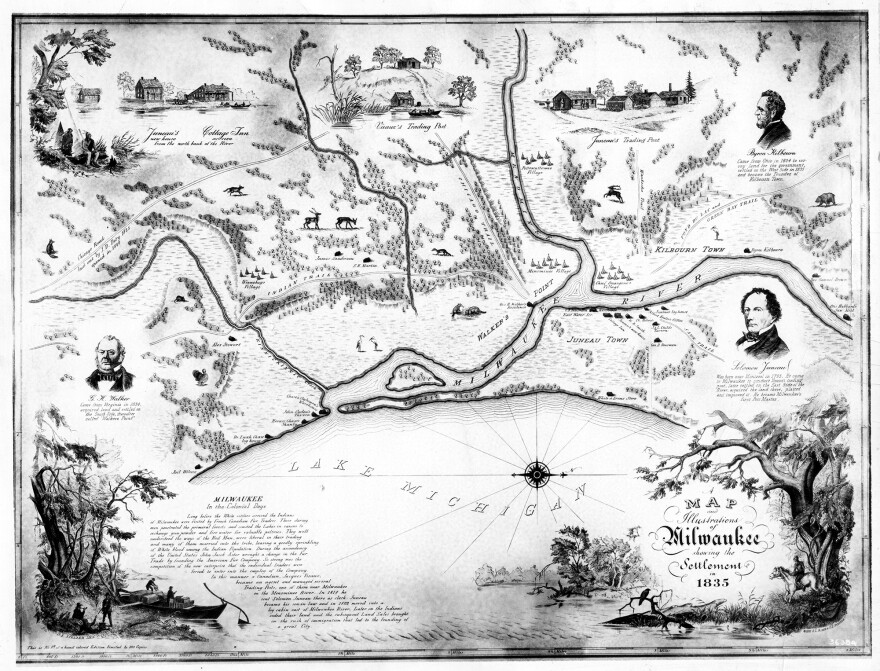American Family Field, the Milwaukee Art Museum, the Mitchell Park Domes; these are all places Milwaukeeans enjoy regularly. However, few know the Indigenous history behind them.
A group of students at Marquette University, led by Associate Professor Bryan Rindfleisch, have created an online interactive map that shows the Indigenous history of different places around Milwaukee.
The goal of the project is to create a platform where Milwaukeeans can learn and connect with the history that served as the foundation for the area where they live.
“There’s a general erasure of Indiginous Peoples’ presence, histories, cultures throughout our history but also the present - their whole history is just erased,” says Rindfleisch. “So this is part of my efforts to basically put Indiginous histories and cultures of Milwaukee on the map, quite literally.”
Being a professor of Native American history and cultures, Rindfleisch says that both in his studies and previous instruction he noticed a general disconnect with Milwaukee’s Indigenous roots — something he first corrected in his classroom but now seeks to correct with this project.
“I just want to correct the narrative, correct what students have been given from K-12, and I feel like the general public needs that as well. I wanted to demonstrate through a map that the places where we walk everyday or the places we even call home or work are shaped by Indigenous past and present,” says Rindfleisch.
Rindfleisch says that he goes about compiling the data for the sites in various ways — some of the research he has his students do and others is done himself. The hope is to populate the map with over 100+ Indigenous sites.
“I use my undergraduate honors classes to research the sites and then I also analyze myself and add in the entries along with other individuals,” says Rindfleisch before explaining other ways he uncovers information. “We find whatever we can from the historical Milwaukee newspapers and also try and get into the community as much as we can.”
When talking about the responsibility that he is taking on to restore Indigenous history accurately and effectively Rindfleisch says he does not take it lightly. He also says that he simply wants to contribute positively to the Indigenous community in Milwaukee.
“The entire reason I got into Indigenous studies in the first place was to do something for a community…right now it’s about how do we educate Milwaukeeans about Indigenous past, present and future, but in the future I want it to be about Indigenous communities peaking to Milwaukeeans,” says Rindfleisch.
Looking towards, Rindfleish says that he plans to continue adding sites to the map, but beyond that he wants to foster a relationship between Milwuakeeans past and present for a better future.
“Maybe it never ends (the project), because Indigenous communities continue to evolve just like everything else,” says Rindfleish. “That would be my ultimate end goal I think.”





